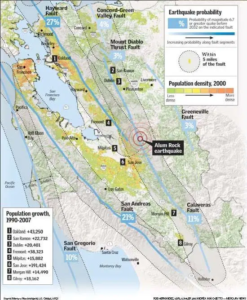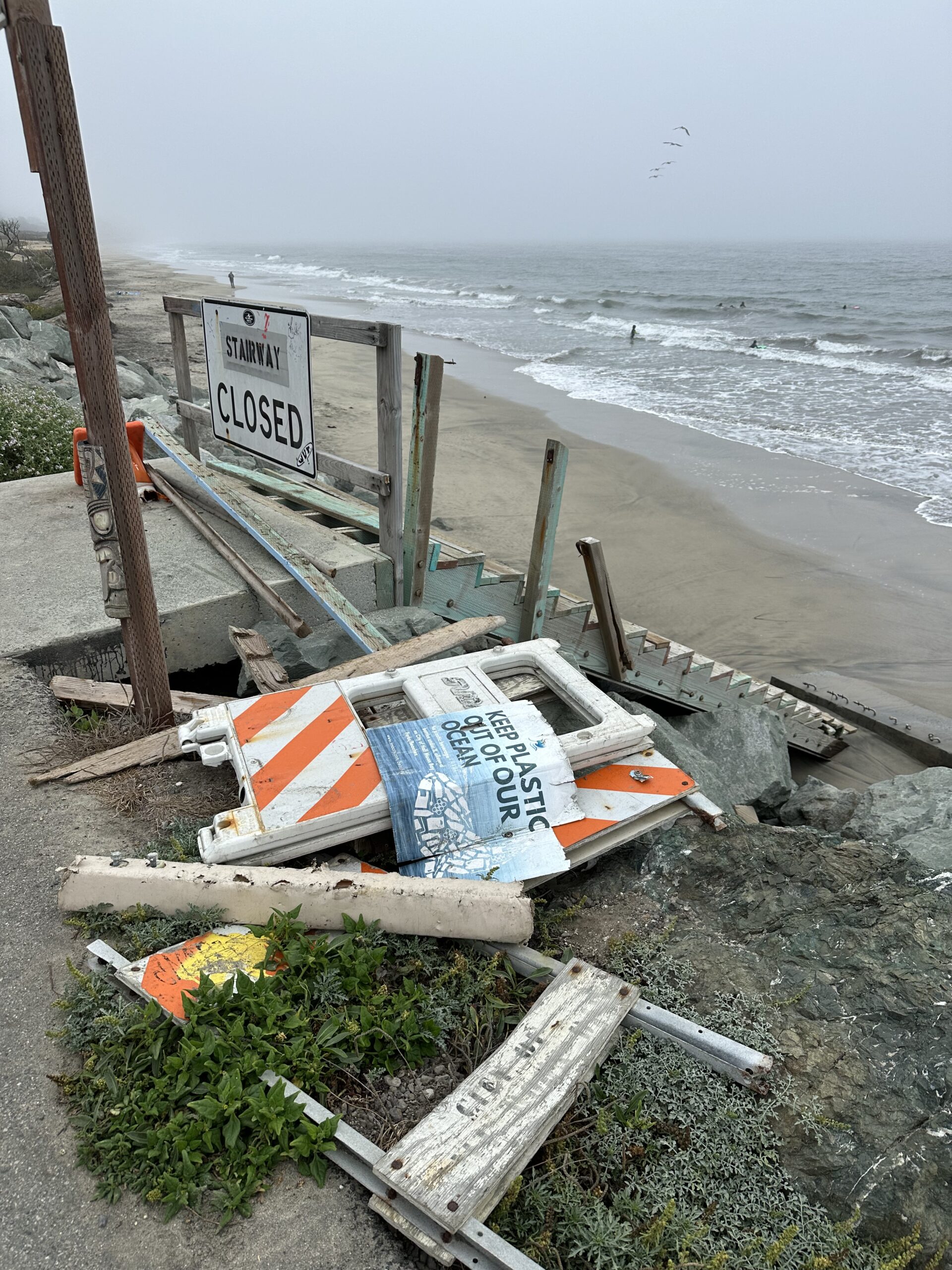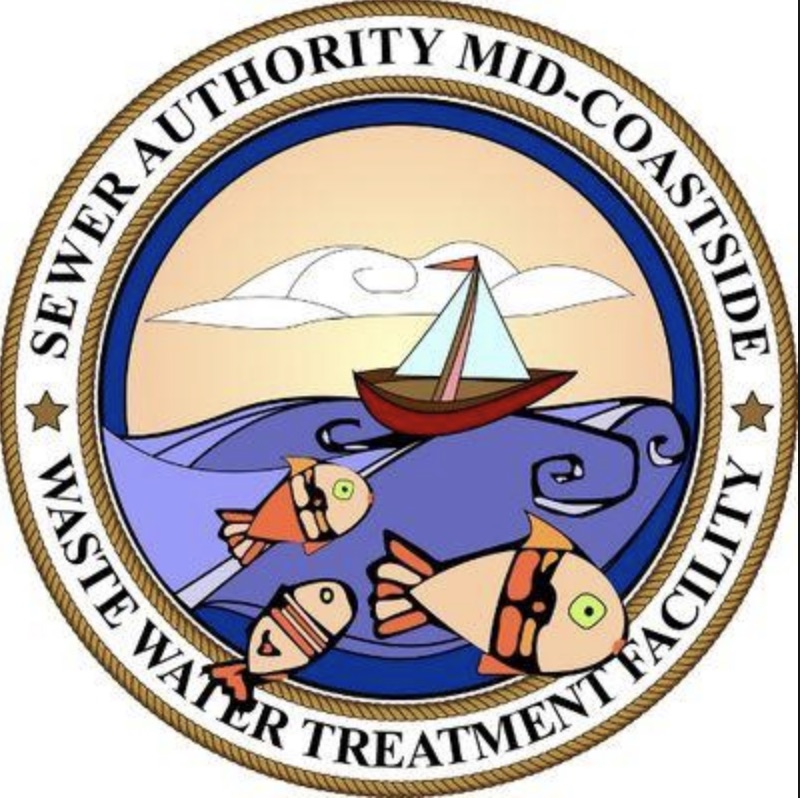|
Getting your Trinity Audio player ready...
|
OWN VOICE. ~ InPerspective by Gregg Dieguez —
As a parent who had a developmentally disabled child (and notice my use of the past tense), I can empathize with the first part of the Big Wave project. However, that doesn’t mean I expected my neighbors to pay for his care. The issue tonight is, given the way Big Wave is progressing, that it looks like MidCoast residents may be subsidizing that project, and I don’t view that as equitable. And especially not when it turns into an office park, or into commercial properties.
Footnotes: to use, click the bracketed number and then click your browser Back button to return to the text where you were reading.
Images: Click to enlarge for improved readability in a new window.
There are a couple of longstanding themes at work which look relevant to Big Wave, and to many new developments. First, developers have a long history of “donating” the down payment for their profitable projects – often the first version of a piece of infrastructure. But then they aren’t on the hook for the perpetual costs of operating, maintaining and replenishing the infrastructure assets they require, and which they ‘donated’. So what happens? The rest of the ratepayer population ends up subsidizing the development by absorbing those perpetual costs into their rate base. This has been going on for decades – growth that doesn’t fully pay for itself, spreading costs onto the wider population. The developers keep the profits, and the ratepayers pay the costs. Here’s what I, and other constituents who have contacted me, observe regarding Big Wave.
A while back the County got Big Wave to agree to about $1.6 million in up front costs for some infrastructure necessary to their project: traffic controls[*] at the nearby intersection, trails, a small bridge, etc. The County did a good job contractually with the up front cost risk: the developer has to fund the improvements to County specs, and pass inspections, and if they cost more has to pay more. But: there’s no provision for the ongoing costs of operating or maintaining those assets, nor for replenishing those assets as they age and fail – and they will. It’s a small scale version of inter-generational kick-the-can-down-the-road, like the Climate Crisis, or Unfunded Pension Liabilities. When the time comes, we won’t have accumulated any reserves to fund replenishment, so future taxpayers can either borrow and pay interest, or absorb the costs in lieu of other priorities. The developer has no ongoing responsibility – yet created the needs – for example, due to excessive congestion on the roads at that intersection.

And now, Tonight, at the MWSD meeting, we have another episode in this saga. MWSD is about to accept the ‘donation’ of about a $1 million replacement cost mainline water extension for the Big Wave complex. And there’s only a one year warranty. The entire complex is in a tsunami zone, and I hear we have earthquakes out here (map at right>>), but it looks like MWSD is about to take on this extra risk and cost (to say nothing of undermining our water security) FOREVER, and with no incremental compensation for those perpetual costs and risks. The mainline extension for Big Wave is analogous to a giant residential lateral pipe. Normally laterals are paid for, in perpetuity, by a homeowner. In this case the risk of tsunami and earthquake affecting the giant pipe, and the perpetual costs of O&M and asset replenishment of a million dollar mile-long pipe are about to be transferred to the District, and thus those risks and costs will be subsidized by other ratepayers. It might be argued “they’re donating an asset”, but they’re also donating a unique, perpetual Burden unlike what any homeowner does – and that asset is for the benefit of that development. True, Big Wave’s residents/customers/businesses will pay water rates, and I hope also our new Water System Reliability Charges. But those water rates and asset fees will be on the same basis as all other users and will compensate the district for the totality of system infrastructure we all share. Unless there are specific, incremental fees for the perpetual costs this uniquely additional pipe will represent, and unless there is an analysis over the projected life of that pipe which shows that other ratepayers will bear no costs and risks, and are held harmless from those costs and risks by contract, bonds, and/or insurance against those future costs and risks, I ask the MWSD Board to refuse the donation of that asset as unfair to existing ratepayers. Alternatively, the Board could present an analysis showing the pricing adjustments and contractual provisions to be made for Big Wave, in order to avoid burdening already fragile financial reserves of the District and the already high rates paid by other ratepayers. We could then discuss the sufficiency of those payments and guarantees, and reach a reasonable accommodation. I don’t see such an analysis in tonight’s Agenda Packet.
Other public works GM’s I’ve interviewed over the past 3+ years have described differential charges and fees for some ratepayers, based – for example – on “zones” which are at a greater distance from core infrastructure, or which involve additional costs. Those concepts certainly seem to apply to Big Wave, and should be explicitly analyzed to prevent current ratepayers from subsidizing another’s development profits.
What hasn’t yet reached the front burner of hot issues are the costs of additional fire-fighting water storage (FFWS) for the Big Wave complex. Montara has been holding its fire-fighting water storage constant for years, and is within the fire code in doing so because “you only have to fight one 2-hour home fire at a time” (to quote a CalFire Marshall). One has to question whether that code and that flat-lined FFWS makes sense with accumulated growth in the area, but it has repeatedly been stated that MWSD water is also not for fighting wildfires, in spite of our WUI housing expansions. But how about fighting a fire in a dense complex that is much larger than typical residences…. like Big Wave? As I understand the code, the FFWS has to be for the biggest structure in a complex, and certainly Big Wave is going to have dozens of units in just the residential units (actually “sanitarium” if I recall the coding). So what are the FFWS requirements for Big Wave going to be? And is MWSD going to absorb the extra risk of those needs into existing storage, without a permanent surcharge and/or capacity expansion to handle a larger fire? Has anyone (outside of CalFire, which has repeatedly analyzed the FFWS needs for several versions of Big Wave designs) considered the risks and costs on behalf of MWSD ratepayers? I’d love to see a written analysis with explicit assumptions and a spreadsheet…
Until we have the types of analyses and contractual protections discussed above, YOU are going to be at risk for those costs, as well as the other risks.
FOOTNOTES:
[*] Traffic Controls for Big Wave
Unclear if it will be lights or a roundabout because the Connect The Coastside study didn’t completely settle on a solution. If a roundabout, it will cost $5 million and up.
More From Gregg Dieguez ~ InPerspective
Mr. Dieguez is a native San Franciscan, longtime San Mateo County resident, and semi-retired entrepreneur who causes occasional controversy on the Coastside. He is a member of the MCC, but his opinions here are his own, and not those of the Council. In 2003 he co-founded MIT’s Clean Tech Program here in NorCal, which became MIT’s largest alumni speaker program. He lives in Montara. He loves a productive dialog in search of shared understanding.






